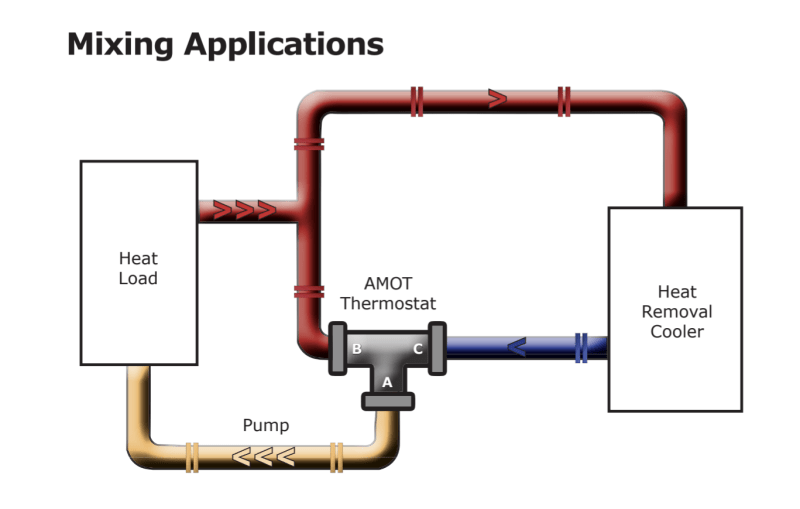ro_kru
Mechanical
- May 14, 2021
- 33
I want to install the inline radiator hose heater. This heater heats the water in the radiator and up to the thermostat. But the thermostat will be closed, so how can it warm the engine block? The genset engine I have is very small, 1 ci^3 displacement. It has hard time to start in winter. Inline radiator heater looks good option, but I have hard time to understand if warm coolant is not going inside how it will warm the engine?
I have attached image for reference.
I have attached image for reference.

